Three design studios make magic from the day-to-day
Everyday Alchemy
-
Little Gem side table by Hinterland
<i>Photo © Riley McFerrin - Hinterland Design</i>
-
Good Side coffee table by Hinterland
<i>Photo © Riley McFerrin - Hinterland Design</i>
-
The everyday inspiration behind Hinterland's Tidal Flux Ottoman
<i>Photo © Riley McFerrin - Hinterland Design</i>
-
The inspiration behind Hinterland's Tidal Flux
<i>Photo © Riley McFerrin - Hinterland Design</i>
-
Detail of Tidal Flux Ottoman by Hinterland
<i>Photo © Riley McFerrin; courtesy of Hinterland Design & L'AB/Pamono</i>
-
Good Side coffee table and Tidal Flux
<i>Photo © Riley McFerrin; Courtesy of Hinterland Design & L'AB/Pamono</i>
-
The Hinterland collection
<i>Photo © Riley McFerrin - Hinterland Design</i>
-
Artisans handwork Inigo Elizalde's Tesoro carpet
<i>Photo © Inigo Elizalde</i>
-
Inspiration for Inigo Elizalde's carpets: Passengers board a Filipino Jeepney
<i>Photo © Inigo Elizalde</i>
-
Willemer Stühle by Markus Friedrich Staab
<i>Photo © Markus Friedrich Staab</i>
-
A brightly decorated Filipino Jeepney
<i>Photo © Kanonn / www.flickr.com</i>
-
A moment of inspiration for Markus Friedrich Staab
<i>Photo © Markus Friedrich Staab</i>
-
Inigo's gorgeous Tesoro carpet
<i>Courtesy of Inigo Elizalde & L'AB/Pamono</i>
-
Another of Elizalde's inspirations: Pedestrians on a Filipino plaza
<i>Photo © Inigo Elizalde</i>
-
Detail of Whartonized Kramer sideboard by Markus Friedrich Staab
<i>Courtesy of Frank Landau & L'AB/Pamono</i>
-
The computer glitch that led to Elizalde's Glitch carpet collection
<i>Photo © Inigo Elizalde</i>
-
Everyday inspiration for Markus Friedrich Staab
<i>Photo © Markus Friedrich Staab</i>
-
Skid carpet from the Glitch collection by Inigo Elizalde
<i>Photo © Inigo Elizalde</i>
-
I Love chair by Markus Friedrich Staab
<i>Courtesy of Frank Landau & L'AB/Pamono</i>
-
An inspirational photo shot by Inigo Elizalde
<i>Photo © Inigo Elizalde</i>
-
A discarded chair awaits Markus Friedrich Staab's handiwork
<i>Photo © Markus Friedrich Staab</i>
-
Sabina carpet from Collection I by Inigo Elizalde
<i>Photo © Inigo Elizalde</i>
-
A rainbow of spray paint
<i>Photo © Markus Friedrich Staab</i>
-
Baw Farmer's Stool by Markus Friedrich Staab
<i>Courtesy of Frank Landau & L'AB/Pamono</i>
-
Installation of works by Markus Friedrich Staab at 19 Greek Street during London Design Festival, 2014
<i>Courtesy of 19 Greek Street; Photo © Markus Friedrich Staab</i>
Some designers look to the stars for inspiration. Others find creative potential much closer to home—recognizing beauty in common, everyday objects that many of us might otherwise overlook. From discarded furniture to traditional tools, these ingenious design studios see the potential for poetry all around us.
Hinterland
A hand-knotted web of multicolored cotton, wool, and nylon tops the steel base of Riley McFerrin’s Tidal Flux Ottoman. Inspired by the iconic crab traps of the Pacific Northwest, this joyful piece is McFerrin’s ode to the area’s natural landscape and revered fishing tradition. “Living by the sea as we do, the tides begin to keep a rhythm for the day,” McFerrin explains. Pointing to his design’s twisted fabric maze, he says, “Throughout the region, commercial crab fisherman have relied on knot work and salvaged rope for centuries. I have [great admiration for] the handiwork, craft, and thriftiness of these men of the sea.”
McFerrin is the founder of Hinterland, a studio based in Victoria, British Columbia. He was born in Los Angeles, but has spent the past twenty-some years in the Pacific Northwest. His multidisciplinary studio creates thoughtful, functional objects with an emphasis on handcraft and natural materials, often sourced from the forests and beaches of British Columbia. With Tidal Flux (which debuted at ICFF earlier this year), McFerrin has poetically reinterpreted a highly symbolic and locally resonant object.
In addition to its form, the design’s color palette also echoes life along the coast. “The general theme of colors is meant to feel like a comfortable balance between high-visibility, fluorescent cords [like the sort fisherman use] and toned-down, earthen hues weathered by the sea,” McFerrin says. “To me, it just so happens to also feel very modern.”
The ottoman’s intricate top is simultaneously a conscious nod to the fiber art movement of the 1960s, ’70s, and ’80s—a sort of macramé, “hippie aesthetic.” “It was something I grew up with,” McFerrin notes, “and always found so unbelievably decorative. [At times,] weird, unnecessary, or even gaudy, but so well crafted. I wanted to deconstruct these techniques and create a more abstract tapestry.”
Asked what he hopes people will take away from Tidal Flux, the designer says: “I hope that they spend time relishing the amount of hand work that goes into creating one of a kind pieces like this. Knot by knot. Twist by twist. Hands still make things, just like fishermen did a hundred years ago; only now, the process creates something for your living room, instead of the bottom of the sea.”
Inigo Elizalde Rugs
Philippines-born, New York-based textile designer Inigo Elizalde similarly finds inspiration in day-to-day experiences and objects. His highly conceptual, custom Nepalese rugs reference an eclectic array of stimuli that spans wildlife and geological patterns, Art Deco jewelry and architecture, unusual materials such as cactus and nettle, as well as the designer’s own sketches and photographs. A fleeting instance in Elizalde’s life—seeing the afternoon sun hit the Hudson River in New York, or spying a morphed pattern on a frozen computer screen following a power outage—might galvanize an entire collection, and ultimately live on through it.
For his lively Collection III, Elizalde turned to his Filipino roots—and specifically to his hometown of Manila, where the kitschy, vibrantly decorated Jeepneys serve as popular public transport. These vehicles date back to the end of World War II, when locals refashioned surplus army jeeps left behind by American troops. Filipinos stripped them down, rebuilt them to accommodate multiple passengers, and decorated them in vibrant colors and graphics.
According to Elizalde, “Filipinos actually have a saying, the ‘Jeepney aesthetic,’ which is just a mash-up of all sorts of different things. The look is kind of crazy, and loud, and colorful, and a mess, but it’s also really beautiful.” The resulting collection features a series of colorful rugs named for various Jeepney route stops along Manila’s main roadways—Tesoro, Guadalupe, and so on. Each one abstractly reflects the vehicles’ structure, including headlights, windshields, crowns, and fenders; the layered textures and patterns call to mind “zigzagging of the cars in traffic.”
“I want to show that beauty and compelling and exciting design imagery can be found everywhere,” Elizalde says. “I’m a big fan of the found object: the design is already there; it’s a matter of seeing it, extracting it, and elevating it.”
Markus Friedrich Staab
German artist and designer Markus Friedrich Staab is not only inspired by commonplace objects, he also uses these pieces—midcentury furniture found on the streets or at flea markets—as his primary medium. Staab refurbishes and paints existing chairs, stools, and tables with bright strokes of color, then seals them in high-gloss lacquer, transforming ubiquitous pieces into singular works. In this way, the furniture is given new value and a sense of renewed life. As Staab explains, “[Pieces] that were once mass-produced and homogenous become unique: recycled, refurbished, remixed, and redecorated.”
Self-taught, Staab spent the first decade of his career painting and making sculpture. He shifted his attention to furniture in the summer of 2010, when he found a set of six “stunning” chairs on the side of a road. “Suddenly, almost every day after, I found furniture on the street. My atelier was packed with discarded pieces, things others wanted to get rid of. I wanted to give them value again, so I painted, spray-painted, and reformed them.” Staab references Danish artist Poul Gernes’s approach to color as inspiration for his own bold palette: “Gernes said color changes our lives; [in this sense,] I’d describe my work as life-giving; by bringing new attention to these pieces, I give them longer lives.”
Over the past few years, Staab’s familiar, colorfully twisted pieces have been turning quite a few heads; among other news, his work was included in this fall’s LDF exhibition at the experimental London gallery 19 Greek Street, and Frankfurt’s Museum für Moderne Kunst (MMK) commissioned a set of 50 chairs for a pop-up restaurant last year.
Regardless of his work’s final home, for Staab, every newly found piece represents an opportunity to tell yet another story. “I am interested in giving value and meaning to something that has been overlooked; to freeing the object from its traditional use and turning it into something special. Through this process, a chair that was once used on a daily basis now becomes a self-sufficient piece of art.”
-
Text by
-
Anna Carnick
Als ehemalige Redakteurin bei Assouline, der Aperture Foundation, Graphis und Clear feiert Anna die großen Künstler. Ihre Artikel erschienen in mehreren angesehenen Kunst- und Kulturpublikationen und sie hat mehr als 20 Bücher herausgegeben. Sie ist die Autorin von Design Voices und Nendo: 10/10 und hat eine Leidenschaft für ein gutes Picknick.
-
Designbegeisterte hier entlang
Church von Markus Friedrich Staab
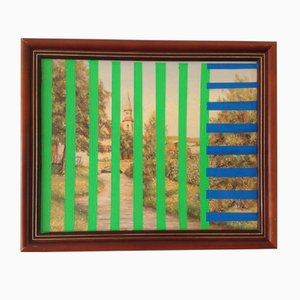
Lines on My Face von Markus Friedrich Staab
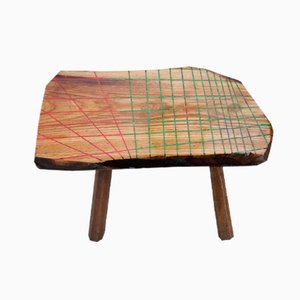
Orangefarbener Lippenstift von Markus Friedrich Staab

Schuhmacher Hocker von Markus Friedrich Staab, 2017
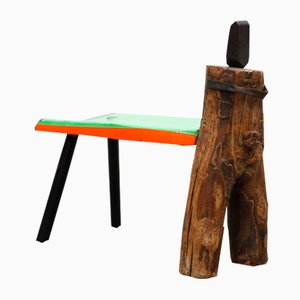
Das Bild bist nicht Du Couchtisch von Markus Friedrich Staab, 2014

Half Blue Eyed Schale von Markus Friedrich Staab, 2017
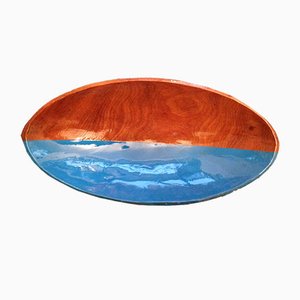
Egon Eiermann Re-Visited (Love your Life) Stuhl von Markus Friedrich Staab

My Little Gucci Taschenstuhl von Markus Friedrich Staab
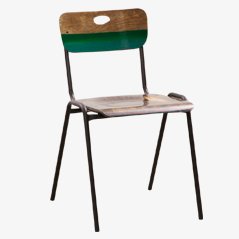
Blaue Streifen sind für immer von Atelier Staab
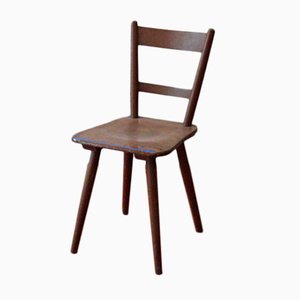
Martini Zing Chair von Markus Friedrich Staab, 2014
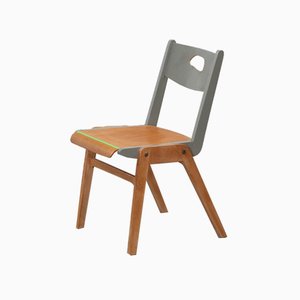



























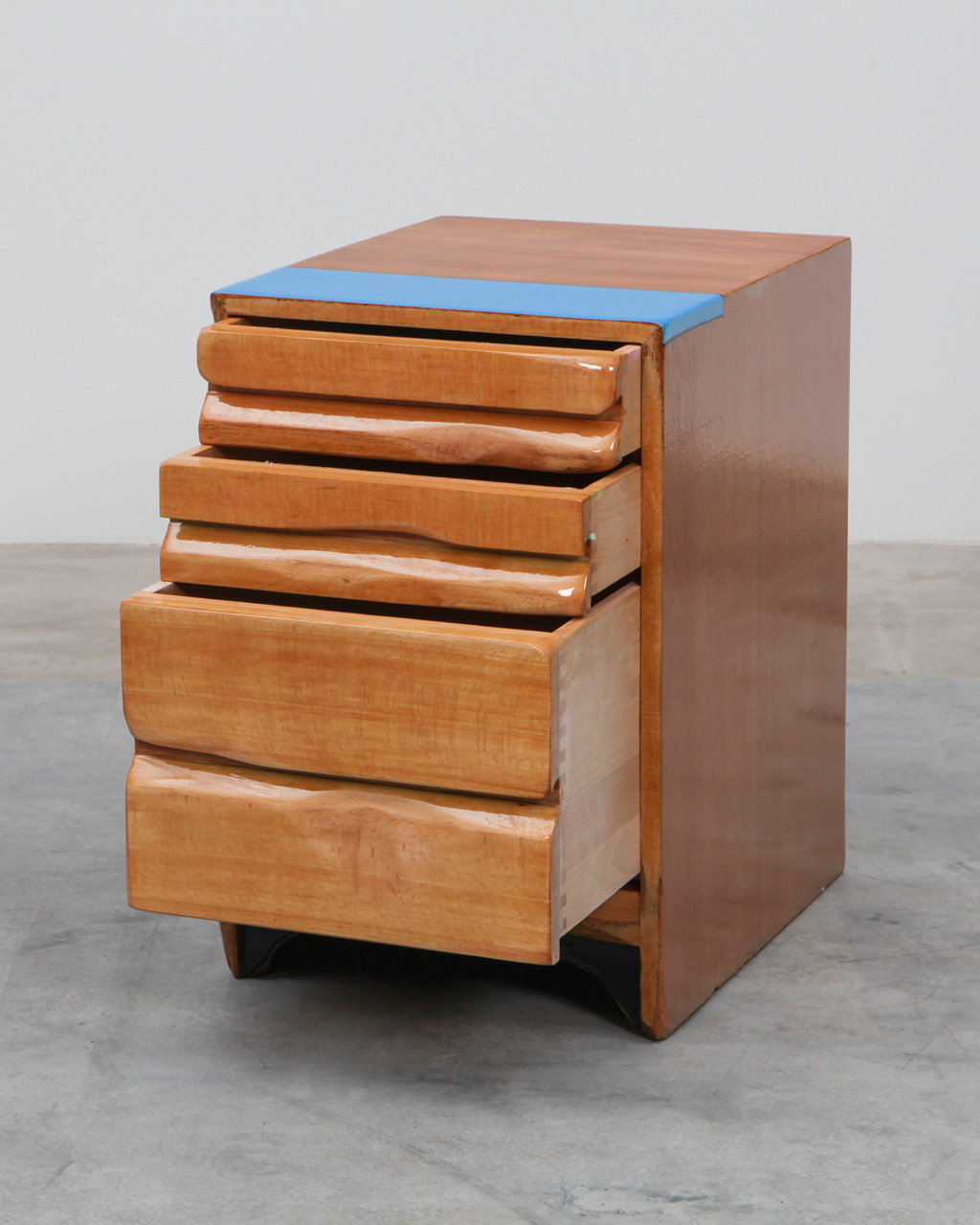 Whartonized Kramer sideboard by Markus Friedrich Staab
Courtesy of Frank Landau & L'AB/Pamono
Whartonized Kramer sideboard by Markus Friedrich Staab
Courtesy of Frank Landau & L'AB/Pamono
